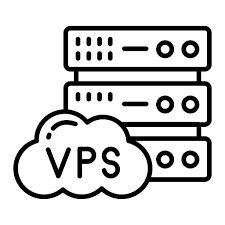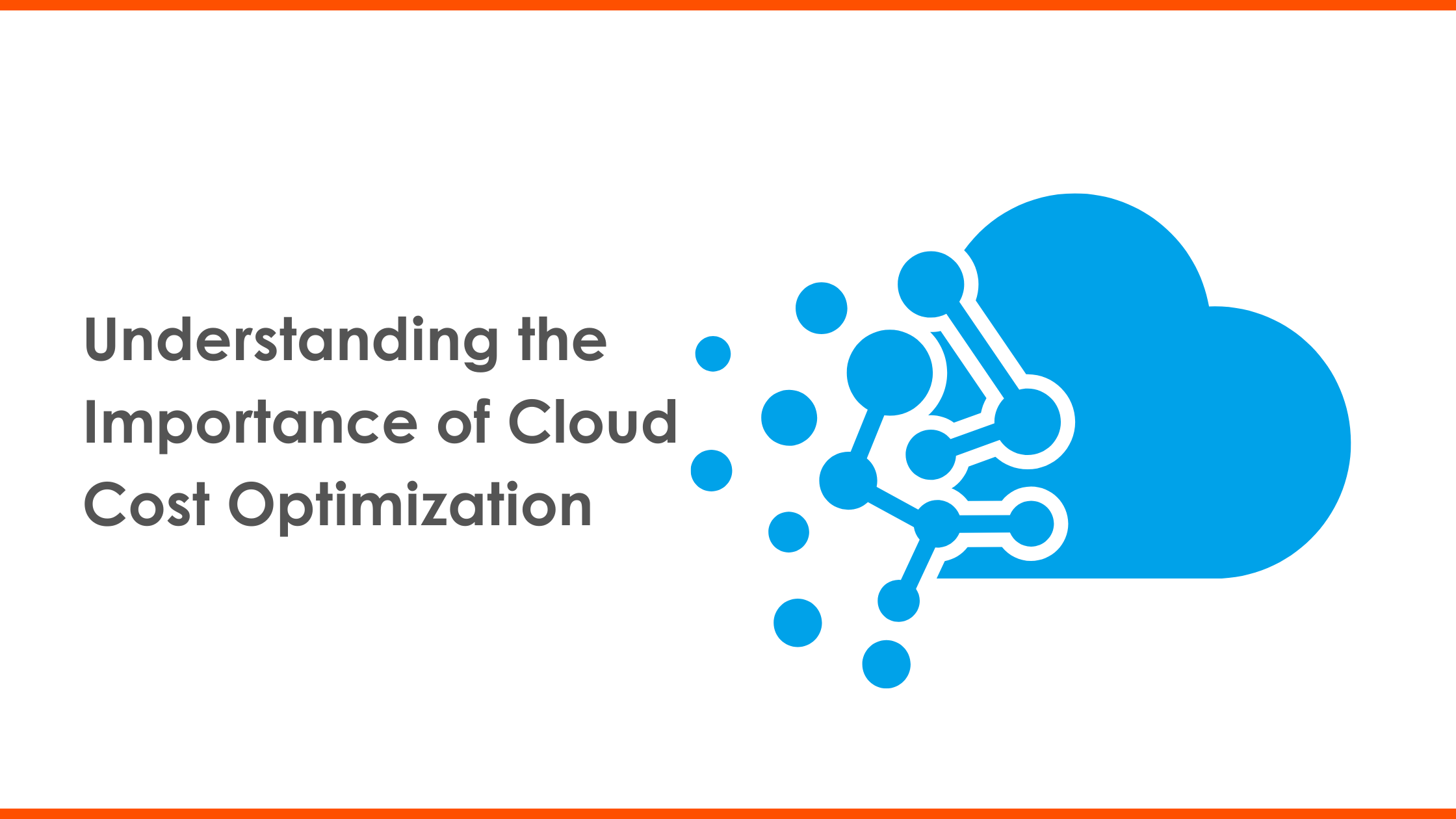How can my business benefit from NaaS?

Strong 8k brings an ultra-HD IPTV experience to your living room and your pocket.
Much like any ‘X-as-a-Service’, Networks-as-a-Service (NaaS) pursues renting instead of owning infrastructure and applications.
The NaaS model allows users to change their network connections in a way that they are able to start the services they need immediately. When the primary network model is replaced with NaaS, organizations are able to shift from capital expenditures towards operational expenditures in addition to adopting a more usage-based way of consuming their bandwidth. Moreover, through the incorporation of the NaaS model, the deployment times required for networking services are significantly cut as well as hardware costs are removed entirely.
These advances in NaaS have been possible owing to two key factors:
- managed services where the customer or user pays to use the hardware on a subscription basis while the platform owner operates and maintains it
- virtualization of different network and infrastructure assets.
In the current time, NaaS provides scalable solutions for businesses of all sizes including government institutions, healthcare institutions and other educational institutions among others. The benefits that emerge out of NaaS adoption can be best understood by a detailed advantages analysis.
The many advantages of NaaS
Lowered cost
Today's companies still operate with constrained IT budgets, especially because we continue to operate from the post-pandemic era mindset, during which businesses anticipate more from less. In comparison to owning everything, NaaS reduces various IT costs such as infrastructure, hardware, software and operation expenses. At the same time, instead of paying an enormous sum once, it allows for monthly subscriptions, keeping your budget more predictable and transparent.
Optimize performance
Performance optimization represents a common challenge among businesses that are trying to undergo digital transformation. NaaS helps ensure that your network performs efficiently by verifying its capability to handle the traffic volume coming its way. What helps most is that these adjustments can be handled by the provider within whose province they belong, instead of businesses allocating their resource to the effort.
Proactive management of the network
Many organizations still adhere to reactive maintenance strategy. This often leads to unanticipated downtimes specifically generating from network challenges faced by modern enterprises. In comparison to troubleshooting networking problems reactively, NaaS solutions anticipate the occurrence of network problems through proactive monitoring. The outcome of this approach can be seen through an evident decrease in time-to-market.
Improved security
The rate of data breaches has been rapidly growing. Despite the size of the organization, these attacks remain a major concern for a range of businesses around the globe. Nevertheless, one of the major advantages of NaaS is that it allows for the observance of the best practices in information security to secure sensitive data across all industries. Additionally, these platforms also offer specific insights to ensure that your network operates at the best standards possible and without any cybersecurity threats.
These benefits give a clear view into what businesses can expect when they look for ‘internet providers near me’ and stumble upon a NaaS solution. However, it is equally critical to understand how they can use NaaS. Let us look into that in the next section.
How do businesses use NaaS?
Compliance
Many organizations today do not have a specialist in information technology to tell them how any given technology works or even know where such a service originates from. Because of the ease of accessing new-gen platforms and technologies, a solution can be accessed through a web browser and somebody's credit card, but when it comes to regulatory issues, things are not that straightforward.
Data protection regulations distinguish between the controller and processor of data when imposing different requirements for each category. By default, a majority of regulations specify where the information should reside. Local laws and regulations may be easier to understand, but not knowing where every single piece of data is located within every single application may prove to be an altogether different challenge. To solve this, businesses tend to use NaaS solutions since they make it easy to track data's location, along with ensuring that the sets are stored and shared securely across the network.
Network Redundancy
Several-many hundreds of Software-as-a-Service products can be used by any given company along with a few Infrastructure as a Service hosting services and Platform as a Service development tools. Taking multiple clouds approach may require additional resources from an availability viewpoint.
NaaS comes with potential benefits that ensure service providers are able to abstract all those complexities from a client's perspective by creating API endpoints that appear quite similar. An example of this can be seen in Console Connect, which can produce an API ecosystem that hides the rate of modification happening within the cloud provider API endpoints..
Network security
Nowadays, everybody works remotely at different levels in the organization plus employees are granted access based on public clouds and SaaS tools being used. NaaS helps them maximize security and performance while reducing costs and increasing productivity. The platforms provide a dedicated interconnect between applications giving businesses an overview of the solutions and how they are operating on the security front.
Prioritize traffic
Although NaaS services usually provide bandwidth on demand, your company might have to purchase limited data speeds to adhere to the company budget. Under this limitation, you can find the most valuable applications for your business operations and ensure they have enough bandwidth to operate perfectly. NaaS enables you to do so.
How does NaaS make this possible? Your admins can swiftly configure the networks to prioritize data sets from mission-critical solutions over non-critical applications through a graphical user interface. This leads to a situation where applications that process several terabytes of enterprise data, such as supply chain management solutions, do not experience any disruptions over the company WAN.
Automatic failover
If the LAN at one of the locations fails, a circuit to a different Point of Presence (PoP) gets activated automatically. A dynamic routing protocol then starts which directs customer traffic over the backup link, and switches back to the primary link once restored.
What it means for your business is that the company’s productivity suite, accounting system, and other applications which are in the cloud will have to face zero downtime issues when a network connection fails at a local branch.
We hope that the article gave you a fair idea into the benefits you can expect from NaaS alongwith the many ways businesses use the solution to make their operations more efficient.
Note: IndiBlogHub features both user-submitted and editorial content. We do not verify third-party contributions. Read our Disclaimer and Privacy Policyfor details.







